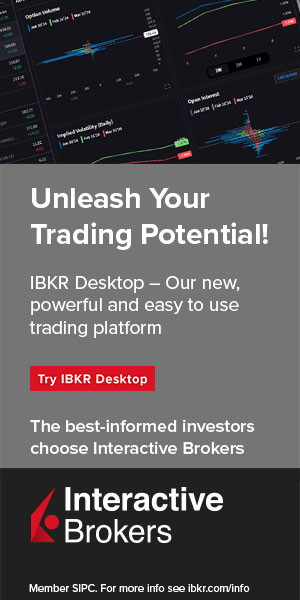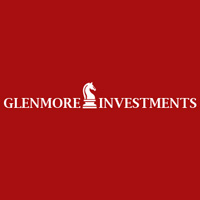Kingfisher’s shares (LSE:KGF) have fallen from 440p in 2014 to 190p. But average earnings per share over the last decade have been 22.7p, giving a cyclically adjusted price earning ratio almost half that of the UK market at 8.7. Dividend yield is 5.6%.
Why has Mr Market pushed the share down so much? Here are some common justifications for dramatic share price declines, even for those companies with a history of high EPS and dividends:
· Good business gone rotten.
The business franchises were strong in years past but have been badly damaged to the point where future earnings will be at a much lower level.
As I set out in the last newsletter I see the strategic positioning of Kingfisher’s main businesses as reasonably strong. True, they’ve been buffeted by recent problems, but, as Warren Buffett once observed of companies, these are local excisable cancers rather than needing a Pygmalion transformation.
The full quote related to short-term problems at GEICO and American Express which permitted Buffett to buy them when cheap: “The GEICO and American Express situations, extraordinary business franchises with a localized excisable cancer (needing, to be sure, a skilled surgeon), should be distinguished from the true “turnaround” situation in which the managers expect – and need – to pull off a corporate Pygmalion.” (1980 Letter to BH shareholders).
While I’m not saying that Kingfisher has “extraordinary franchises” it does have some strong businesses.
- Managers gone rotten.
This is the idea that the current senior managers are worse at their jobs than those who achieved good returns in the past. Certainly, there have been problems of execution in the five-year plan of “Transformation” across the group.
The rewards realised so far from shifting the firm to having common product lines (now accounting for half of its offer), new IT and operational cost savings are more limited than once thought; while the costs of change, in terms of managerial distraction, staff redundancy and compensation, have been all too evident.
The French businesses seems to have been run for short-term target numbers aimed for by pushing up prices, thus damaging the low-price consumer franchise.
The recent replacement of key directors leaves us not knowing either the competence or the degree of shareholder orientation of many members of the team that will be in place this autumn. I’ll look at the managers in the last newsletter.
- Rotten finances.
There might be danger in the way the business is funded. This is the issue we’ll look at today.
Piotroski factor analysis
I’ll start by using Joseph Piotroski’s nine variables. These, when taken as a whole, are useful to indicate whether financial distress risk has risen in the last year or so. A low score – say 3 or 4 – would suggest a deterioration in the firm’s ability to withstand shock.
The indicators fall under three headings: (1) Profitability; (2) Leverage, liquidity, and source of funds, and; (3) Operating efficiency
Profitability factors
If the firm is profitable and produces positive cash flow it has a capacity to generate funds internally. A positive earnings trend suggests an improvement in the firm’s ability to generate positive future cash flows.
- Positive net income before extraordinary items for the year to end January 2019? Kingfisher is profitable and has been for each of the last ten years. A score of one is given.
- Positive cash flow from operations before investment in working capital? Yes (£745m), so we can add another one to the score.
- Improvement in return on assets employed in the business from the previous year? Net profit/beginning of year total assets:
2018: £485m/£10,233m = 4.7%,
2019: £218m/£10,347m = 2.1%.
No Piotroski point.
4. Is cash flow greater than profit (so profits are not driven primarily by positive accruals, which may be ‘managed’)? Yes, so third Piotroski point.
Leverage, liquidity, and source of funds
- Change in leverage over one year. Has the firm’s long-term debt reduced relative to its total assets? At 31st January 2018 and 2019 the company had net cash. This is despite the share buyback programme. Fourth Piotroski point.
- Has the firm’s current ratio (current assets divided by current liabilities) improved over the past year?
2018: £3,522m/£3,050m = 1.15
2019: £3,372m/£2,632m = 1.28
Fifth Piotroski point.
3. Has the firm avoided raising fresh equity capital (e.g. rights issue or placing) in the last year? Kingfisher has not had to raise money this way. This takes us to six points.
Operating efficiency
- Has the gross profit margin improved compared with the same period the year before?
2018: £4,303m/£11,655m = 36.92%
2019: £4,309m/£11,685m = 36.88%
No, there was a small deterioration. No point scored.
2. Has the ratio of turnover to beginning-of-the-year total assets improved this year compared with last?
2018: £11,655m/£10,233m = 1.139
2019: £11,685m/£10,347m = 1.129
A small deterioration, therefore no point.
A total of six Piotroski points indicates relatively low risk of financial distress. The fact that the company has effectively no debt and £3.4bn of property assets is very reassuring. The net surplus on the pension schemes is also comforting.
I do not see much of a threat to Kingfisher’s handsome dividend from these numbers.
A closer look as cash flow
I’d like to gain an impression of cash flow generation and
………………To read more subscribe to my premium newsletter Deep Value Shares – click here http://newsletters.advfn.com/deepvalueshares/subscribe-1


 Hot Features
Hot Features













